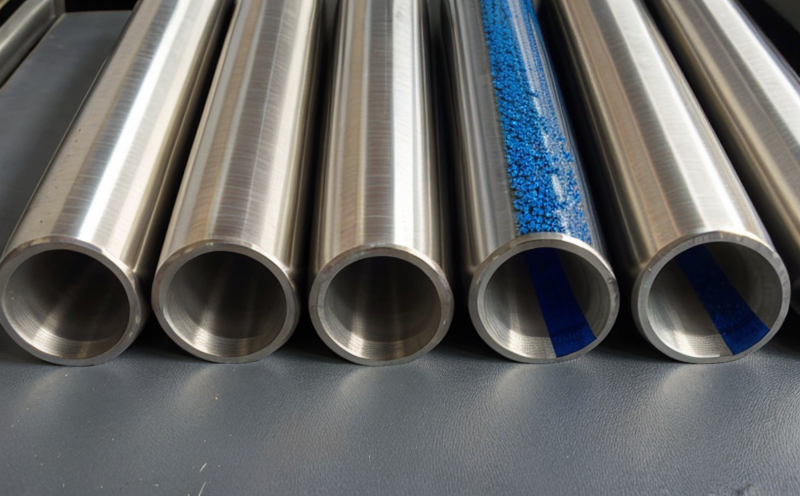Nickel and Cobalt Alloys
Nickel and cobalt alloys are critical materials utilized in numerous high-performance industries. These alloys exhibit exceptional resistance to corrosion, creep, oxidation, and wear, making them indispensable in sectors such as aerospace, power generation, chemical processing, and medical devices. The unique properties of nickel-cobalt-based materials are derived from their microstructure, which is influenced by factors like alloy composition, heat treatment processes, and manufacturing methods.
Third-party surveillance and product quality inspection play a pivotal role in ensuring that these alloys meet the stringent requirements set forth by international standards. This service ensures that every batch of nickel-cobalt alloy is produced to the highest quality specifications, thereby minimizing risks associated with material failure or performance degradation.
The demand for nickel and cobalt alloys continues to grow as industries increasingly recognize their importance in achieving operational efficiency and safety. The reliability of these materials directly impacts product longevity and overall system integrity. Hence, regular and rigorous testing is essential to maintain quality and compliance standards.
Our laboratory provides comprehensive testing services tailored specifically for nickel-cobalt alloys. Using advanced analytical techniques such as electron microscopy (SEM), scanning transmission electron microscopy (STEM), and X-ray diffraction (XRD), we can accurately characterize the microstructure of these materials. Additionally, our team employs standardized test methods from recognized bodies like ISO, ASTM, and EN to ensure consistency in results.
By leveraging cutting-edge technology and expertise, we deliver precise reports that provide detailed insights into material properties including grain size distribution, phase composition, and defect analysis. These findings are crucial for R&D teams looking to optimize alloy formulations or troubleshoot manufacturing issues.
Scope and Methodology
| Parameter | Description |
|---|---|
| Microstructure Analysis | Using SEM and STEM to examine grain structure, phase distribution, and defect characteristics. |
| Chemical Composition Determination | Analyzing the elemental composition using ICP-OES or INductively Coupled Plasma Mass Spectrometry (ICP-MS). |
| Tensile Testing | Evaluating tensile strength, yield strength, and elongation according to ASTM E8/E8M. |
| Corrosion Resistance Testing | Determining resistance against various corrosive environments following ISO 15156 or ASTM G48. |
Competitive Advantage and Market Impact
- Accurate characterization of microstructure leading to enhanced product performance.
- Compliance with stringent industry standards ensuring reliability and safety.
- Early detection of potential quality issues reducing rework costs and delays.
Use Cases and Application Examples
- Aerospace: Ensuring lightweight, durable components for jet engines.
- Power Generation: Fabricating high-efficiency turbines resistant to extreme temperatures.
- Chemical Processing: Developing robust piping systems capable of withstanding harsh chemicals.
- Medical Devices: Creating sterilizable parts that maintain sterility during use.





